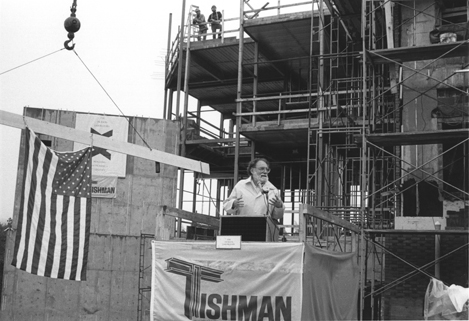
Faculty Research 1990 - 1999
Targeted disruption of the beta adducin gene (Add2) causes red blood cell spherocytosis in mice.
Document Type
Article
Publication Date
1999
Keywords
Animal, Blotting-Northern, Calmodulin-Binding-Proteins, Erythrocytes, Erythroid-Progenitor-Cells, Exons, Mice, Mice-Inbred-C57BL, Mice-Knockout, Models-Genetic, Mutagenesis, Osmolar-Concentration, Osmotic-Fragility, Poly-A, RNA, Spherocytosis-Hereditary, Spleen, SUPPORT-NON-U-S-GOVT, SUPPORT-U-S-GOVT-P-H-S, Tissue-Distribution
First Page
10717
Last Page
10722
JAX Source
Proc Natl Acad Sci USA 1999 Sep; 96(19):10717-22.
Grant
DK02070/DK/NIDDK, HL55321/HL/NHLBI, DK26263/DK/NIDDK
Abstract
Adducins are a family of cytoskeleton proteins encoded by three genes (alpha, beta, gamma). In a comprehensive assay of gene expression we show the ubiquitous expression of alpha- and gamma-adducins in contrast to the restricted expression of beta-adducin. beta-adducin is expressed at high levels in brain and hematopoietic tissues (bone marrow in humans, spleen in mice). To elucidate adducin's role in vivo, we created beta-adducin null mice by gene targeting, deleting exons 9-13. A 55-kDa chimeric polypeptide is produced from the first eight exons of beta-adducin and part of the neo cassette in spleen but is not detected in peripheral RBCs or brain. beta-adducin null RBCs are osmotically fragile, spherocytic and dehydrated compared with the wild type, resembling RBCs from patients with hereditary spherocytosis. The lack of beta-adducin in RBCs leads to decreased membrane incorporation of alpha-adducin (30% of normal) and unexpectedly promotes a 5-fold increase in gamma-adducin incorporation into the RBC membrane skeleton. This study demonstrates adducin's importance to RBC membrane stability in vivo.
Recommended Citation
Gilligan DM,
Lozovatsky L,
Gwynn B,
Brugnara C,
Mohandas N,
Peters LL.
Targeted disruption of the beta adducin gene (Add2) causes red blood cell spherocytosis in mice. Proc Natl Acad Sci USA 1999 Sep; 96(19):10717-22.

